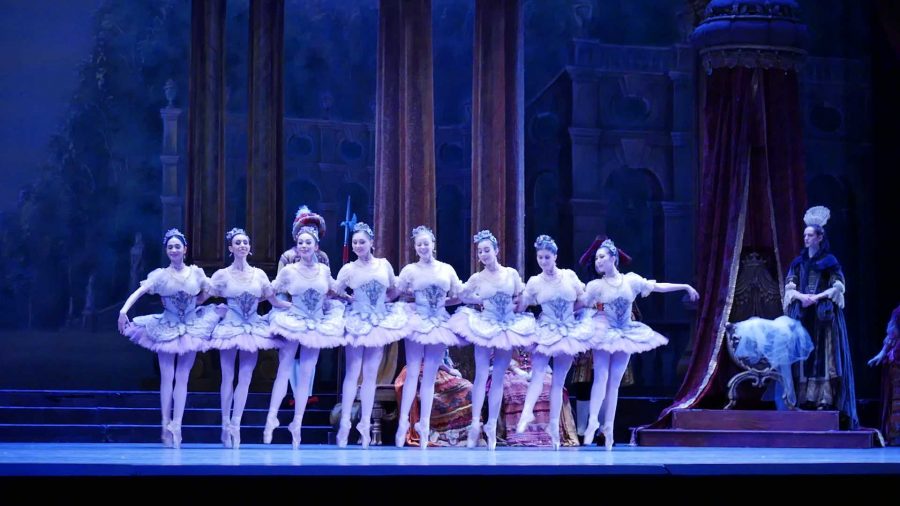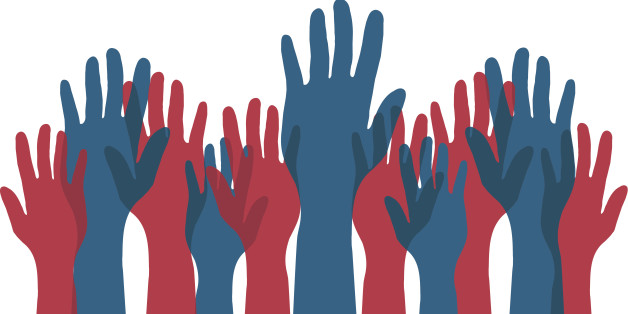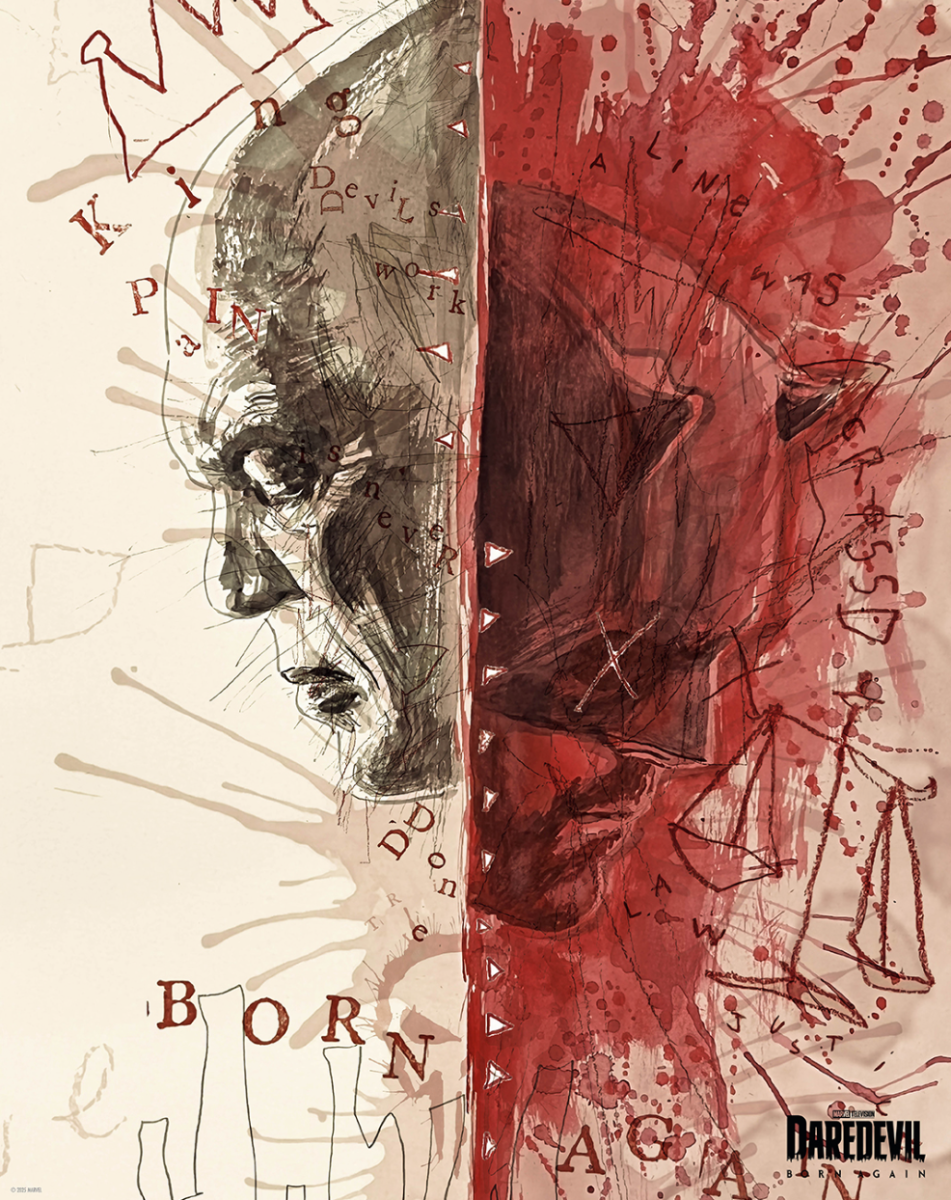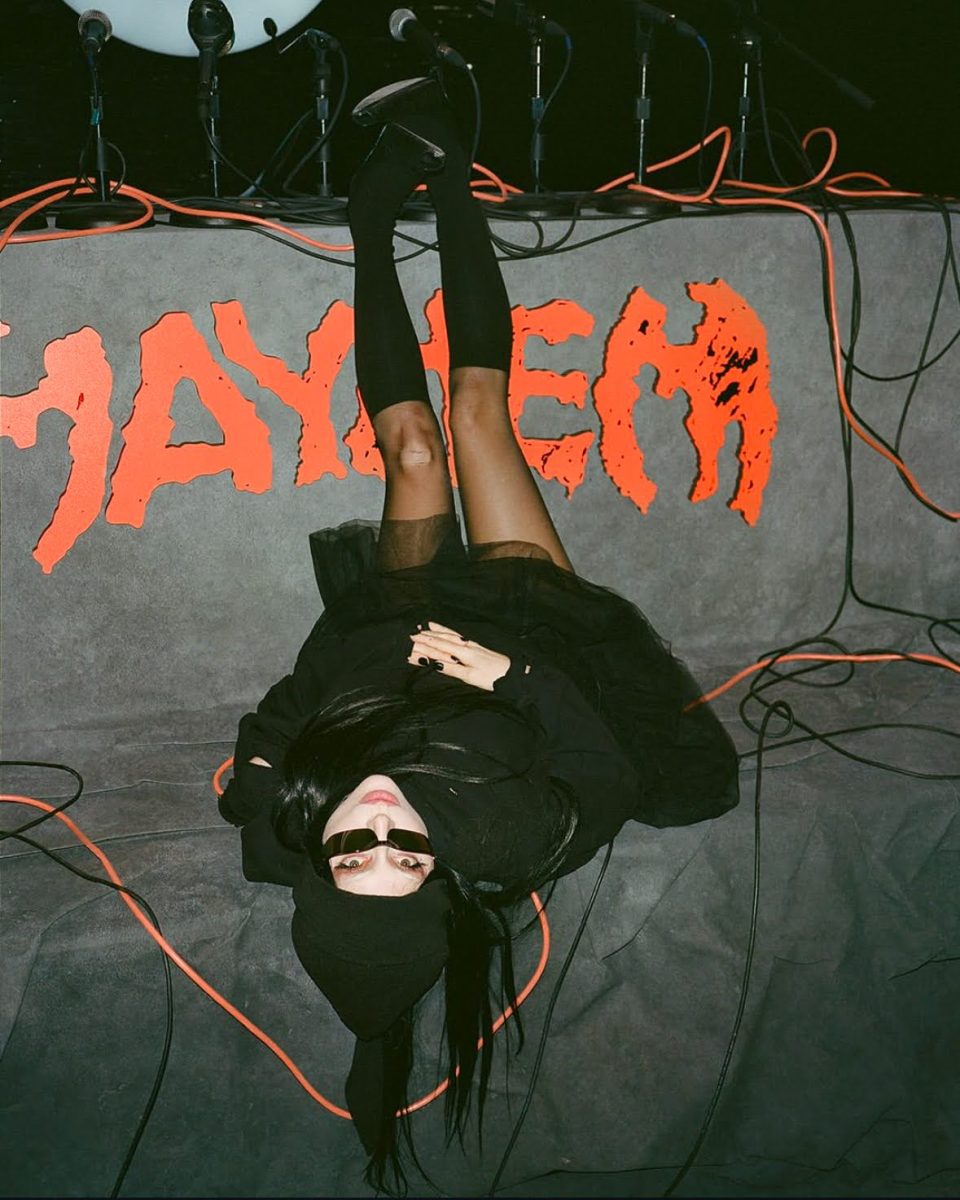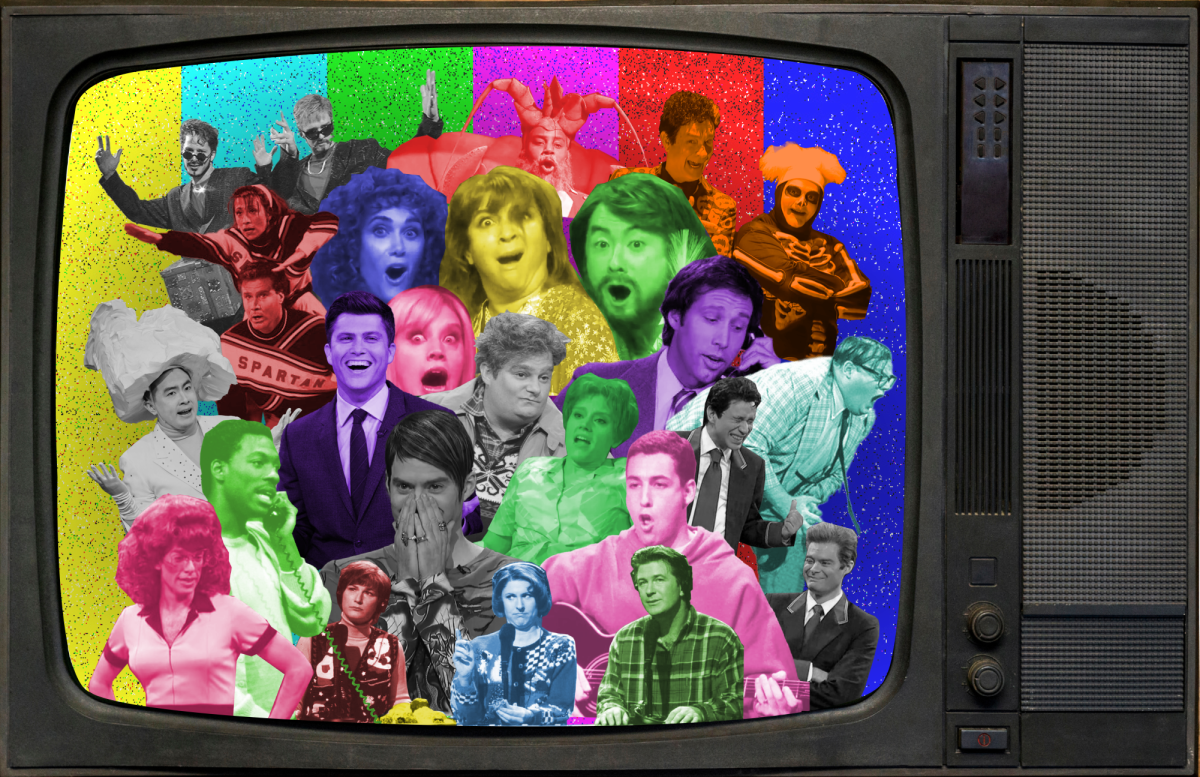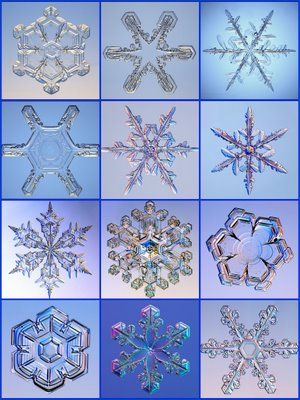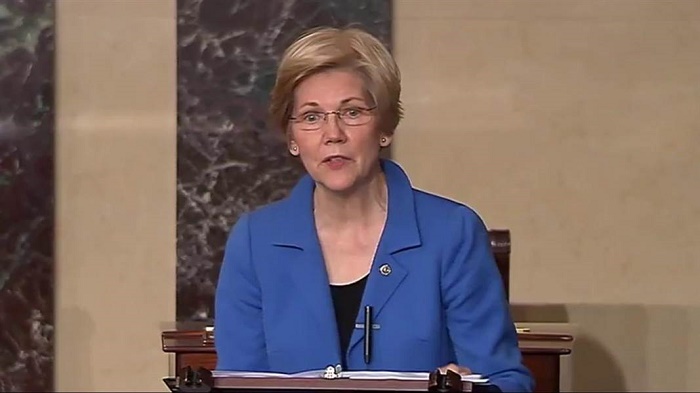By Jack O’Dwyer
Staff Writer
Conceptually, “Pokémon GO” was a diehard Pokémon fan’s greatest dream come true. Finally, we could bring Pokémon from the virtual world into the real world. We would be Pokémon trainers—as much as we could be, anyway.
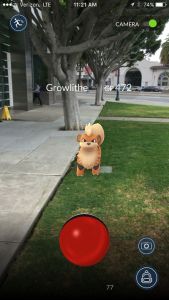
Previews of the game were met with massive amounts of praise and excitement. Heck, the trailer nearly brought me to tears the first time I saw it. It dragged out the nostalgia and adventurous emotions I haven’t felt toward this franchise since I first picked up a copy of “Pokémon FireRed” nearly a decade ago. You could say that “Pokémon GO” was the most hyped game of 2016. However, the question now is if the game really deserved all the attention it got.
Niantic Labs released the Unity based app on July 6, where it has since been downloaded over 500 million times with 10 million of those downloads having been within the first week. So far, it has generated approximately $1 billion.
It’s not quite clear why Nintendo chose to hand such an ambitious project to such a small developer – considering their most popular feat was a lesser known app game called “Ingress”. Taking a look at the games side by side the argument could be made, based on the similarity of both games base mechanics, that Niantic had the most relevant experience for the job. The two are so similar, in fact, that most of the focus points in “Ingress” doubled as PokéStops in “Pokémon GO” and one could use the influx of data displayed on the former game’s map to predict the spawns of rare Pokémon in the latter (and yes, this was actually proven correct).

“Pokémon GO” faced quite a few issues that proved to be nearly fatal. Server overload kept nearly half the community off the game in its critical early stages while those who could actually log on were plagued by authentication errors. Within its first few weeks, “Pokémon GO” spent more time down than it did entertaining players.
Perhaps the most frustrating part of this was the silence on the end of Niantic and, to a more alarming extent, Nintendo. The problems outlined above are not uncommon to anyone who’s ever logged on to a new massively multiplayer online (MMO) game. Most experience frequent server crashes as a part of their start-up experience and the problem is easily smoothed over with good communication from the team to the player base – something this team clearly never got the memo on.
The game was accused of multiple things including favoring those in inner cities, as locations like Boston and Manhattan had an abundance of PokéStops in contrast to smaller towns. The developers were also accused of purposely altering code with the intention of making it nearly impossible to not spend money on Pokéballs. It is important to note, however, that the act of altering code after release is also not an uncommon occurrence with an MMO.
Then there was the scandal with the broken tracking feature, a key element of the game, of which the purpose was to find the very creatures you were trying to catch. This led to other app developers creating “third-party” Pokémon tracking apps to use alongside the original game. Niantic was quick to whip out the ban hammer and, after this type of tracking became a widespread common practice, started banning players who were discovered to have downloaded the apps. The player base responded with outrage, claiming that if Niantic couldn’t fix an essential feature in their game there is no reason they shouldn’t find a way around it.
“Pokémon GO” works well for what it is – a game where you can catch Pokémon, name them, and evolve them. It operates a bit more like a farming game than a real Pokémon Trainer Simulator like fans had hoped. The battle system has less of the strategic style well known in previous titles and more of a who-can-swipe-and-tap-the-fastest test. Completionists will find value in catching all species of Pokémon and completing the Pokédex while battlers will enjoy being a gym leader for all of three minutes before someone from another team with a 2000CP Dragonite takes over.
The newest update features adding gender symbols to Pokémon in the player’s inventory on the right side of their name while also releasing only half the next generation. Overall, this is a game that had so much potential, but keeps falling short. Each patch is a clear attempt to grab something – of which I’m not quite sure what. The hype it had before it was released, perhaps?
Here’s hoping some of these letdowns are addressed in the future.
“Pokémon Go” is still available for free on the App Store and on Google Play. It includes in-app purchases.





